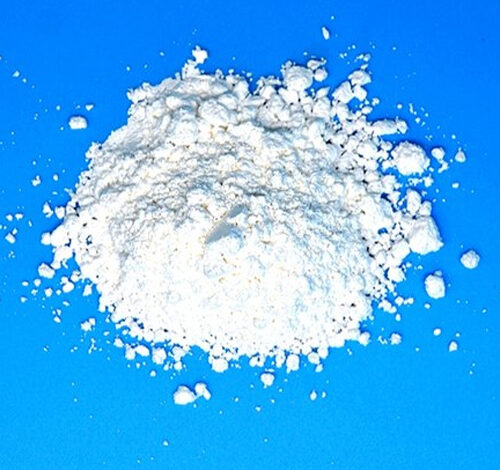One-Pack Stabiliser Cost Things to Think About and Expense Evaluation

One-pack stabilizers play a crucial role in various industries, including the plastics, rubber, and PVC sectors. These stabilizers help improve the thermal and UV resistance of polymers, thereby enhancing their durability and longevity. When considering the purchase of One Pack Stabilizer Price, it’s essential to understand the factors that influence their price and conduct a cost analysis to ensure optimal value for money.
Factors Affecting One-Pack Stabilizer Prices:
Composition and Quality:
The composition and quality of the stabilizer significantly impact its price. Stabilizers with higher purity and superior chemical properties tend to be more expensive due to the cost of raw materials and manufacturing processes. Additionally, stabilizers formulated with advanced additives or proprietary technologies may command a premium price.
Application and Performance Requirements:
The intended application and performance requirements dictate the type and amount of stabilizer needed, which in turn affects its price. For example, stabilizers designed for outdoor applications require enhanced UV resistance and weatherability, leading to higher costs compared to stabilizers intended for indoor use. Similarly, industries with stringent performance standards, such as automotive or construction, may opt for premium-grade stabilizers, contributing to higher prices.
Regulatory Compliance:
Compliance with regulatory standards and environmental regulations can influence the price of one-pack stabilizers. Manufacturers need to invest in research and development to ensure their products meet the required safety, health, and environmental standards, which may result in higher production costs. Additionally, stabilizers that are certified or compliant with specific regulations, such as REACH (Registration, Evaluation, Authorization, and Restriction of Chemicals) or RoHS (Restriction of Hazardous Substances), may command a premium due to the additional testing and certification processes involved.
Brand Reputation and Market Position:
The brand reputation and market position of the manufacturer also play a role in determining the price of one-pack stabilizers. Established brands with a history of quality and reliability may charge higher prices based on their perceived value and market demand. On the other hand, newer or lesser-known brands may offer competitive pricing to penetrate the market and gain market share.
Packaging and Delivery:
The packaging and delivery options provided by the manufacturer can impact the overall price of one-pack stabilizers. Bulk packaging or delivery options may result in cost savings compared to smaller quantities or specialized packaging requirements. Additionally, factors such as shipping distance, transportation mode, and handling fees can influence the final price of the stabilizers.
Cost Analysis of One-Pack Stabilizers:
To determine the cost-effectiveness of one-pack stabilizers, it’s essential to conduct a thorough cost analysis that takes into account the following factors:
Price per Unit:
Calculate the price per unit of the stabilizer based on the quantity and packaging options available. Consider any discounts or promotions offered by the manufacturer or supplier.
Performance and Durability:
Evaluate the performance and durability of the stabilizer with its price. A higher-priced stabilizer with superior performance and longer-lasting effects may offer better value for money in the long run, despite its initial cost.
Total Cost of Ownership (TCO):
Consider the total cost of ownership over the product’s lifespan, including maintenance, replacement, and disposal costs. A more expensive stabilizer that requires less frequent replacement or maintenance may result in lower TCO compared to a cheaper alternative.
4. Return on Investment (ROI):
Assess the potential ROI of using the stabilizer based on its impact on product quality, production efficiency, and overall cost savings. A higher-priced stabilizer that improves product performance or extends the lifespan of the end product can generate greater ROI compared to a lower-priced alternative.
Conclusion:
One-pack stabilizer prices vary depending on various factors such as composition, quality, application, regulatory compliance, brand reputation, and packaging. Conducting a cost analysis that considers the price per unit, performance, durability, total cost of ownership, and return on investment is essential for evaluating the cost-effectiveness of different stabilizer options. By understanding these factors and conducting a comprehensive cost analysis, businesses can make informed decisions when purchasing one-pack stabilizers, ensuring optimal




